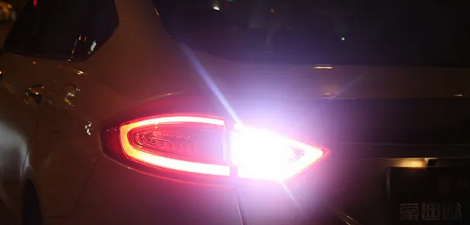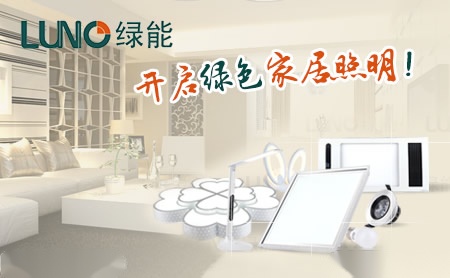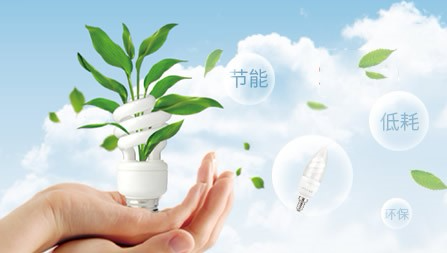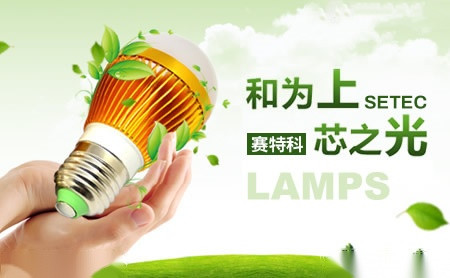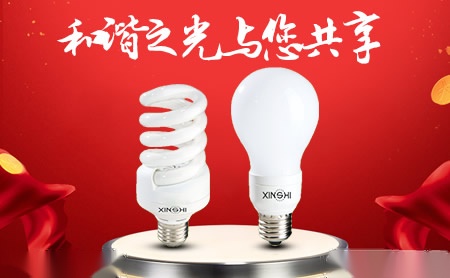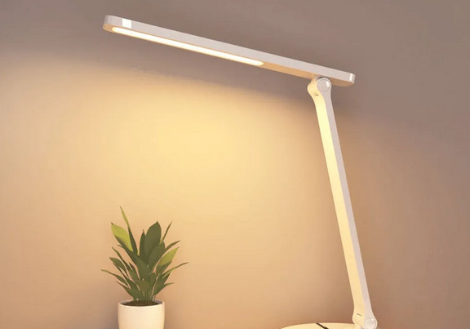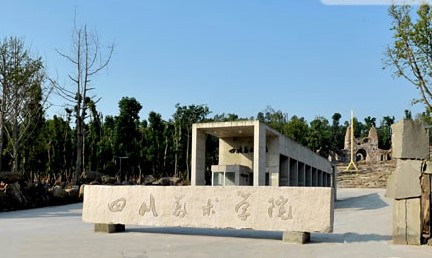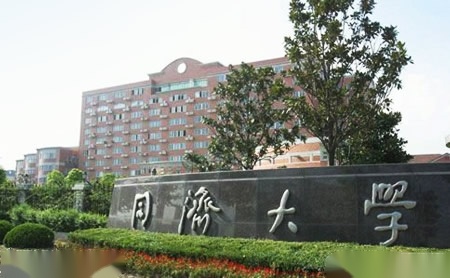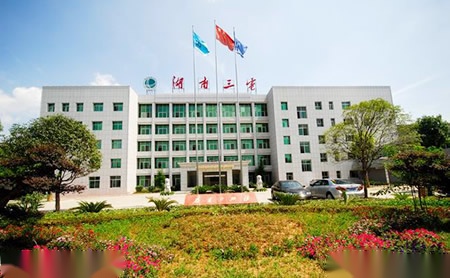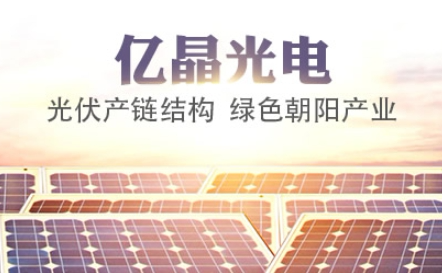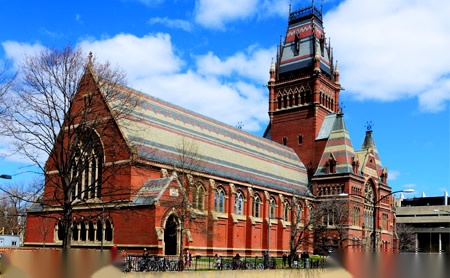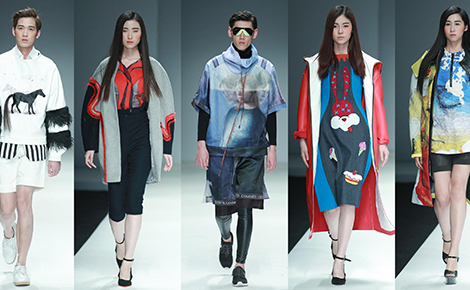
1个回答
Light Bulb

A light bulb, also known as an incandescent lamp, is a device that produces light from electricity. It consists of a glass bulb containing a filament made of tungsten wire, which is heated to a high temperature by an electric current. The filament emits light as it becomes white-hot.
The invention of the light bulb is attributed to Thomas Edison, an American inventor, who successfully produced a practical and efficient electric light bulb in 1879. However, Edison did not actually invent the concept of electric lighting. He improved upon earlier designs by developing a longer-lasting filament and a better vacuum inside the bulb to prevent the filament from burning out quickly.
The term "light bulb" is commonly used in English to refer to this type of electric light. However, the term "bulb" itself has a broader meaning and can also refer to the rounded shape of the glass envelope that encloses the filament. In the context of plants, a bulb is a short stem with fleshy leaves or scales that store food and energy underground, such as an onion or a tulip bulb.
In English, the word "bulb" is derived from the Latin word "bulbus," which means a round swelling or bulbous root. This connection to plants is likely the reason why the term "bulb" is used to describe the shape of the glass envelope of a light bulb.
The term "light bulb" can also be used metaphorically to describe a sudden idea or solution that illuminates one's mind. This metaphorical usage is derived from the concept of a light bulb turning on and instantly brightening a dark room. When someone has a "light bulb moment," it means they have a sudden realization or understanding of something.
The light bulb has become a symbol of innovation, creativity, and invention. It represents the power of human ingenuity and the ability to bring light to the darkness. The image of a light bulb is often used to depict an idea or innovation in various contexts, such as in logos, advertisements, and educational materials.
In recent years, there has been a shift towards more energy-efficient lighting options, such as compact fluorescent lamps (CFLs) and light-emitting diodes (LEDs). These alternatives to traditional incandescent light bulbs consume less energy and have a longer lifespan. They are also more environmentally friendly, as they produce less heat and emit less carbon dioxide.
Despite the advancements in lighting technology, the traditional incandescent light bulb continues to be widely used around the world. It remains a familiar and reliable source of light in homes, offices, and public spaces. However, there is an ongoing debate about the environmental impact and energy efficiency of incandescent bulbs, leading to their phasing out in some countries.
In conclusion, the light bulb is an essential invention that has revolutionized the way we live and work. Its English name, "light bulb," is derived from the rounded shape of the glass envelope that encloses the filament. The term is also used metaphorically to describe a sudden realization or understanding. While there are now more energy-efficient lighting options available, the traditional incandescent light bulb continues to be widely used.


 扫一扫关注品牌网
扫一扫关注品牌网


 浏览(83)
浏览(83)

 赞(0)
赞(0) 分享
分享 举报
举报